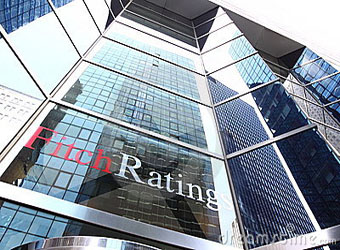Egypt’s removal of foreign-currency (FC) transfer limits will help to restore confidence in the economy and attract foreign investments, increasing the availability of FC and helping banks provide more lending needed by FC borrowers, particularly importers, Fitch said Monday.
Fitch said in its latest report that it expects a greater inflow from foreign investors now that the Central Bank of Egypt (CBE) has ended the $100,000 annual cap on the amount that account holders can transfer outside Egypt.
“The removal of the cap last month, a requirement of Egypt’s lending programme with the International Monetary Fund, should reduce foreign investors’ concerns that investments could be trapped in Egypt.”
The restrictions were put in place in 2011 to limit capital outflows after the political uprising, but the political and macroeconomic backdrop has since become more stable, reducing the risk of outflows.
Under the flexible exchange rate regime in place since Egypt’s currency flotation in November 2016, banks have better access to FC liquidity through the interbank market and depositors swapping their FC deposits into higher-yielding local-currency deposits or certificates of deposit, Fitch further added. The CBE previously used FC auctions to preserve the exchange rate, which restricted FC liquidity.
“There are already signs of an improvement in banks’ FC positions following the sharp depreciation of the Egyptian pound after the currency flotation and Egypt’s USD4 billion Eurobond issuance in January 2017. The sector’s FC loans/deposits ratio fell by 3.7pp in 1Q17, having risen to more than 66% in 2016.”
“The ratio is still high, in our opinion, given the weak operating environment, but we expect it to fall further, helped by the lower pound, a further $3 billion Eurobond issuance in May and the removal of the FC transfer cap.”
While greater FC availability will increase banks’ ability to lend to FC borrowers, Fitch also expects the rise in lending to be limited given the subdued economy and recent interest rate rises, helping to bring down the FC loans/deposits ratio.
In contrast to tight FC liquidity, Egyptian banks have excess local-currency liquidity, which they are deploying in government bond auctions. Egyptian sovereign debt accounts for 30 percent-50 percent of banks’ balance sheets and is the main credit risk for banks.
“Any change in Egypt’s sovereign rating (B/Stable), which we affirmed on 22 June, would probably be mirrored in Egyptian banks’ Issuer Default Ratings.”



